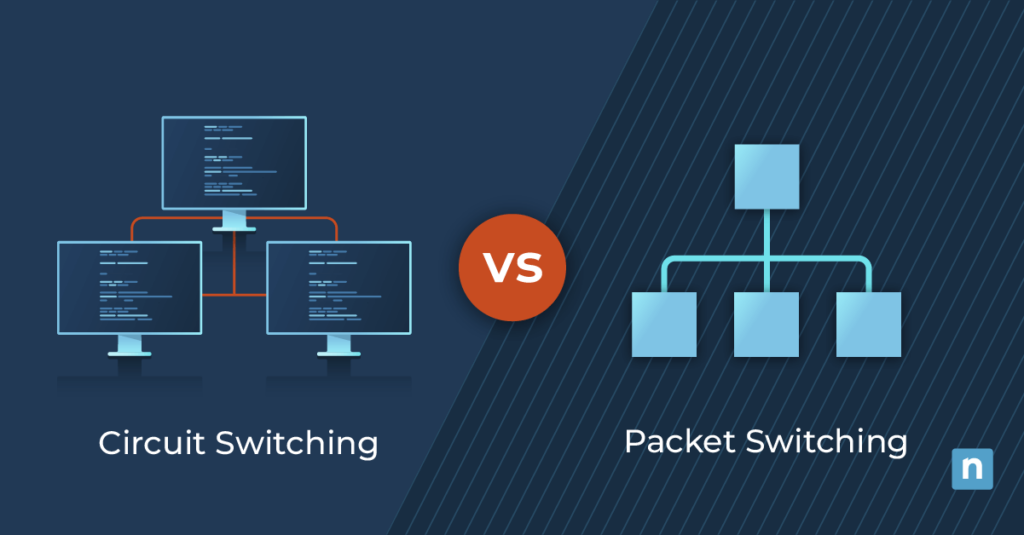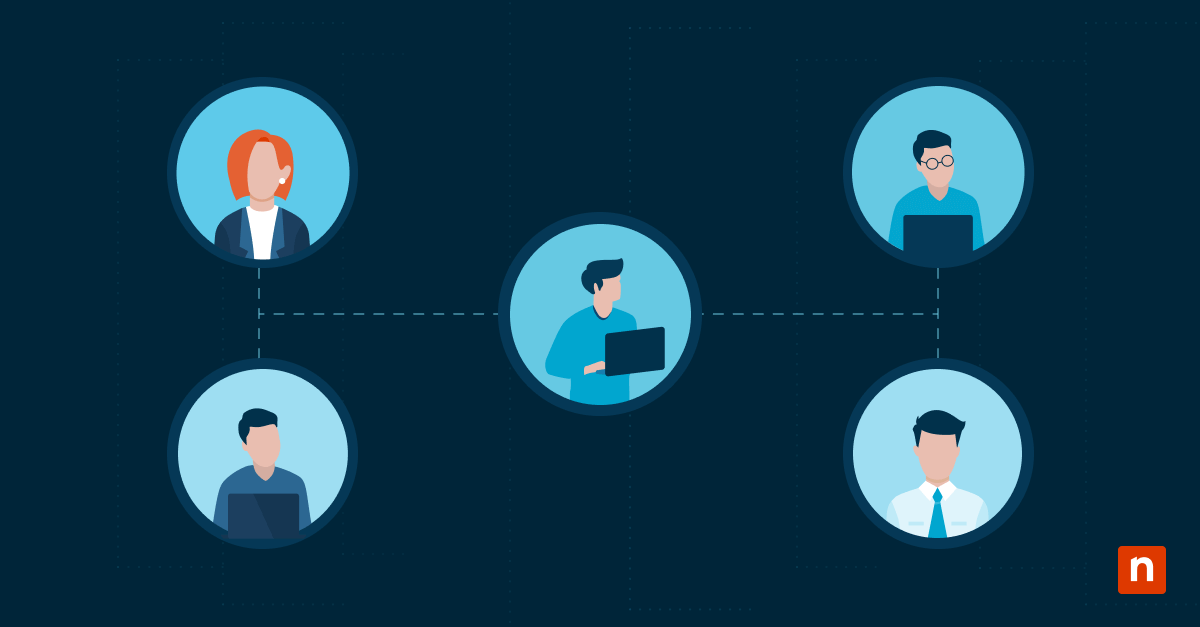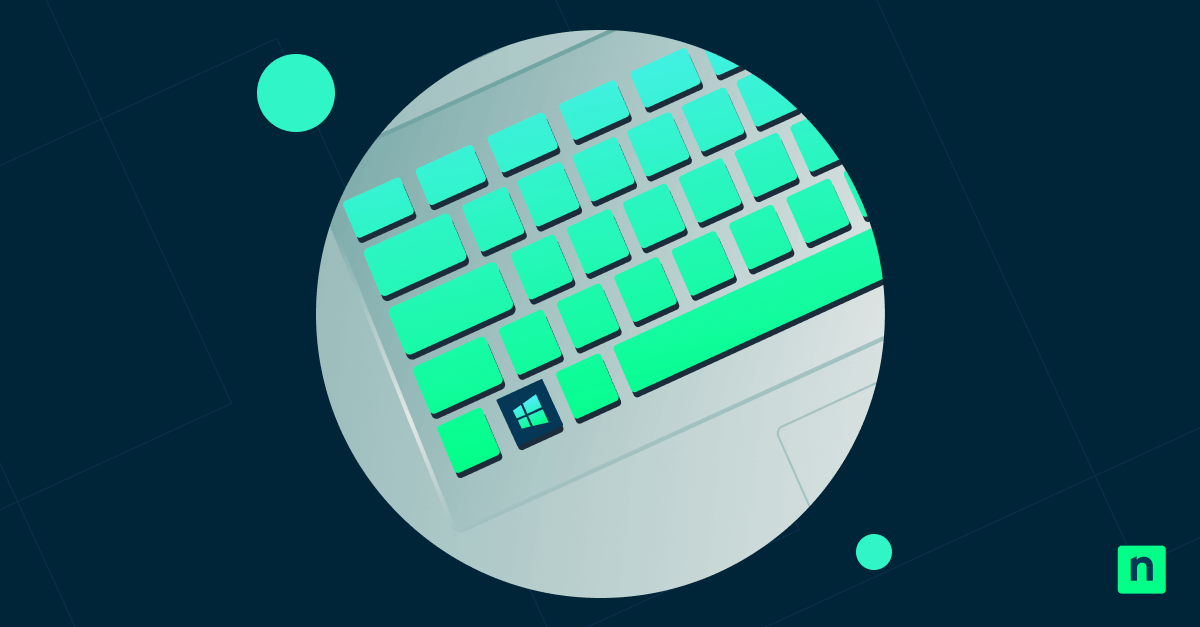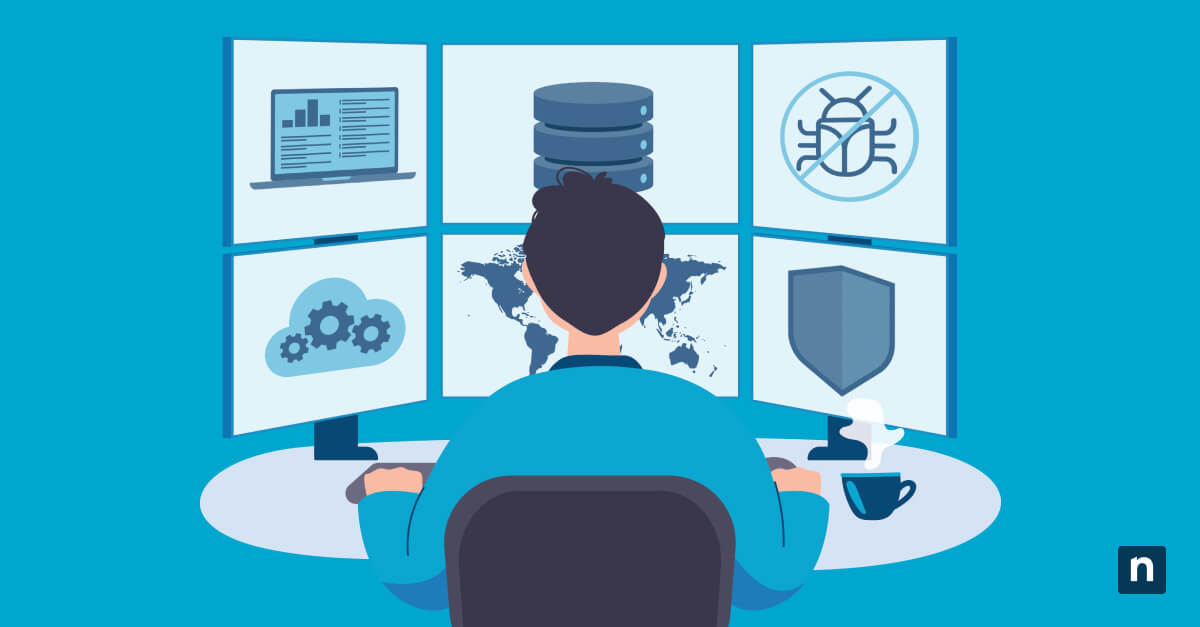Key points
- Circuit switching vs packet switching refers to two distinct data transmission methods that differ in how connections are established and maintained across a network.
- Circuit switching creates a dedicated, constant communication path between sender and receiver, ensuring low latency and stable performance.
- Packet switching divides data into smaller packets that travel independently, making it more efficient, scalable, and resilient to network congestion.
- Circuit-switched networks (e.g., PSTN, ISDN) guarantee consistent bandwidth and connection quality but suffer from inefficiency, longer setup time, and poor scalability.
- Packet-switched networks (e.g., the internet) use protocols like TCP/IP and UDP to enable flexible and cost-effective data transmission, though they may introduce variable latency and require complex routing protocols.
- Packet switching is more efficient in terms of bandwidth utilization, error handling, and cost-effectiveness, especially in dynamic, high-traffic network environments.
- Use cases for circuit switching include landline calls, leased lines, and legacy video conferencing; packet switching is preferred for cloud applications, RMM tools, asset monitoring, and data-heavy workloads.
There are various differences between circuit switching vs packet switching. These factors may affect which type of network configuration is more suitable for a particular application or communication need. In this article, we will compare circuit switching with packet switching and see their advantages, disadvantages, and typical use cases.
▶️ Watch now: A video walkthrough of watch “Circuit Switching vs Packet Switching“.
What is circuit switching?
Circuit switching is a method where a dedicated communication path is established between two parties for the duration of their connection. This traditional method constructs a fixed route that remains constant throughout the call or data session. Once a connection is established, the dedicated channel carries the transmitted data exclusively, ensuring consistent and uninterrupted service.
The key advantage of circuit switching is its reliable and predictable communication flow and fixed bandwidth. This is essential for real-time, continuous data transmission like voice calls. However, circuit switching can be inefficient as the reserved channel remains unused when no data is transmitted, leading to underutilized network capacity.
Circuit switching use case
- Traditional landline phone call: This is a core example of a circuit switching use case, where a dedicated physical or virtual circuit is established between your phone and the recipient’s phone for the entire duration of the conversation.
- Older video conferencing: Also known as Integrated Services Digital Network (ISDN) lines, this technology utilized circuit switching to establish dedicated channels for video and audio.
- Dedicated leased lines: Typically used for private corporate networks, dedicated leased lines are utilized for point-to-point connections between offices. These dedicated circuits provide reliable bandwidth and security for internal data exchange.
Benefits of circuit switching
- Consistent and reliable connection: Circuit switching is known for its reliability, as it guarantees a dedicated path during data transmission, ensuring minimal interruptions.
- Low latency during transmission: Another advantage of circuit switching’s dedicated communication path is the consistent data flows without delay or reassembly.
- Ideal for real-time communication: The technology that brought circuit switching enables users to make voice calls or video streams that require continuous transmission.
Disadvantages of circuit switching
- Inefficient use of resources: Since the dedicated path remains reserved even after data transmission, it cannot be used by other end-to-end devices.
- Longer setup time: Delays are prominent when using circuit switching because establishing a connection before data transfer may take time, especially in dynamic networks.
- Scalability limitations: Circuit switching is not suitable for high-traffic or complex networks due to fixed bandwidth allocation.
What is packet switching?
Packet switching divides transmitted data into smaller packets that travel independently across the network. Each packet contains part of the data plus destination information, allowing for efficient and flexible transfer. Packets adapt to network traffic by finding the best routes.
This method breaks down messages into packets that traverse different paths and reassemble at the destination, ensuring reliability and efficiency. If one path is congested or fails, others are available, enhancing the robustness of data transmission across digital networks. Packet switching provides efficiency and flexibility, making it suitable for handling high data volumes with variable sizes.
Packet switching use case
- Internet: The Internet is a quintessential example of a technology that uses packet switching. Data transmission (streaming music, sending emails, and uploading videos) through the Internet involves breaking data into packets routed independently.
- Voice over IP (VoIP) and video conferencing: Another technology that benefits from packet switching is VoIP and video conferencing, which uses digitized voice and video. They are then transmitted as packets for efficient communication over shared networks.
- Online gaming: When a player does an action, the game client sends and receives small data packets. This allows real-time interaction with other players without needing a constant, dedicated connection.
- Remote monitoring and management (RMM): RMM tools rely on packet switching to establish and sustain connections to remote devices for troubleshooting, software deployments, and system updates.
- Asset management: Packet switching facilitates continuous data transmission from network devices, servers, and endpoints for consistent monitoring.
Benefits of packet switching
- Efficient bandwidth usage: Unlike circuit switching, packet switching breaks data into packets. They are then transmitted independently without needing dedicated paths, optimizing network resources.
- Highly scalable and resilient: Data broken down into small packets can take multiple network paths, reducing congestion and rerouting around failures.
- Cost-effective: Since unused paths can be used by other devices, this shared infrastructure reduces overall operational costs and supports many simultaneous users.
Disadvantages of packet switching
- Variable latency and delay: Packet switching is not immune to congestion. This may cause packets to arrive out of order or experience delays.
- Requires complex protocols: Packet switching also requires sophisticated routing and error-checking to reassemble and manage packets.
- Less predictable performance: Unlike circuit switching, packet switching isn’t recommended for time-sensitive applications unless a system has QoS mechanisms in place.
Circuit switching and packet switching impact network traffic management.
Read more about NinjaOne’s comprehensive discussion on network traffic
Circuit switching vs packet switching
When you compare circuit switching vs packet switching, there are significant differences in how they handle connection establishment, resource allocation, and data transmission processes. While circuit switching dedicates a specific path for the duration of the connection, packet switching breaks data into packets that travel independently across the network. These distinctions significantly impact efficiency, bandwidth utilization, reliability, and error handling in network communications.
Feature | Circuit switching | Packet switching |
| Connection establishment | A dedicated communication path is established between the sender and receiver before data transmission begins, ensuring a consistent and stable connection. This is ideal for real-time applications like voice calls. | No fixed path is needed because data packets travel independently across the network. This allows data to be sent through multiple paths, adapting to network conditions. |
| Resource allocation | Allocates a specific path solely for your data, providing predictable performance without interference. It also maintains stable resource allocation for the duration of the communication session. | Shares network resources among multiple users, dynamically allocating resources based on current traffic. This makes packet switching more efficient and scalable but can lead to varying performance |
| Efficiency and bandwidth utilization | A dedicated path consumes resources regardless of usage. Lower efficiency and bandwidth utilization compared to packet switching. | Dynamic bandwidth allocation: Allows multiple communications to share the same network paths. Higher efficiency: Optimizes the use of network resources, reducing wastage. Reduced delays: No need for establishing a dedicated circuit, allowing immediate data transmission. Scalability: Easier to scale as not limited by fixed circuits. |
| Reliability and error handling | Uses a fixed path. If any part of the path fails, a complete breakdown in communication occurs until the issue is resolved. Higher likelihood of corrupted data or information loss if the path fails. | Better at dealing with network errors; can reroute data around damaged or congested nodes. If one path fails, data finds another route. Less likely to encounter corrupted data or information loss. |
Circuit-switched networks
As you explore circuit-switched networks, it’s important to understand their specific applications, as well as their distinct advantages and limitations. While these networks provide dedicated pathways for continuous data transmission, guaranteeing consistent quality and speed, they also face challenges with flexibility and efficiency.
Examples and applications
Traditional phone systems use circuit-switched networks, where a dedicated communication path is set up between callers for the duration of the call. This system is common in situations where a constant connection is essential. Examples of circuit-switched networks include:
- Public Switched Telephone Network (PSTN): The PSTN is the most common example and is used primarily for voice transmission.
- ISDN (Integrated Services Digital Network): This allows digital transmission of voice and data over ordinary telephone copper wires, resulting in better quality and speed.
- Dedicated Line Services: These include T1 or E1 lines, which provide a reserved circuit for data and voice between two points.
- Railway Communication Networks: These are used for secure and reliable signaling and communications in railway operations.
Advantages and limitations
Circuit-switched networks offer the primary benefit of a dedicated channel, which ensures consistent and reliable connection quality throughout a communication session. This makes them ideal for uninterrupted data flow application, such as voice calls or real-time video streams.
However, there are drawbacks. Circuit switching typically involves higher setup time for connections, which can lead to inefficiencies, particularly when dealing with bursty data traffic.
Packet-switched networks
Packet-switched networks are the foundation of the internet and other modern communication networks.
Types and protocols
Packet-switched networks use various protocols to efficiently manage the transfer of data across different nodes. These protocols are designed to guarantee data reaches its destination reliably and in the correct sequence. Here’s a breakdown of the key protocols you’ll encounter:
- Internet Protocol (IP): Governs the logical addressing system.
- Transmission Control Protocol (TCP): Guarantees data is delivered in order and without errors.
- User Datagram Protocol (UDP): Used for simpler, connection-less transmissions.
- Hypertext Transfer Protocol (HTTP): Manages the communication between web browsers and servers.
Benefits and challenges
Packet-switched networks offer high flexibility and efficiency. They allow multiple communications to share the same network resources, optimizing bandwidth usage to a great extent. In addition, since data is sent in packets that independently find their way to the destination, network congestion is reduced and you can still access information even if part of the network fails.
Despite the advantages of packet-switched networks, there are some downsides. Packet switching involves latency issues because data packets sometimes take longer routes, causing delays. Packet loss or corruption during transmission can also occur, so networks need error-checking and packet-resending mechanisms, which can complicate the network design and maintenance.
Ensure optimal network performance with NinjaOne’s powerful network monitoring capabilities.
Learn more about NinjaOne Network Monitoring
Choosing between circuit and packet switching
When deciding between circuit switching and packet switching, consider your network’s data traffic needs and latency sensitivity. Each method has distinct advantages depending on your requirements.
- Consistency vs. Flexibility: Circuit switching offers a consistent pathway and bandwidth, ideal for voice calls or streaming audio/video where interruption is disruptive. Packet switching, however, is more flexible, and efficiently handles varying data loads.
- Cost Efficiency: Packet switching often results in better use of available bandwidth, potentially lowering costs.
- Scalability: Packet networks can more easily scale up, adapting to increased traffic without requiring dedicated pathways.
- Reliability: Circuit switching provides predictable performance, while packet switching might introduce variable latency but generally guarantees data reaches its destination through dynamic routing.
Packet switching provides an efficient way of sending packets across a network, making it a preferred data transfer method over circuit switching. Understanding these principles helps in comprehending how internet-based services function and why packet switching is often more suitable for handling the dynamic nature of modern network traffic compared to the fixed pathways of circuit switching.








